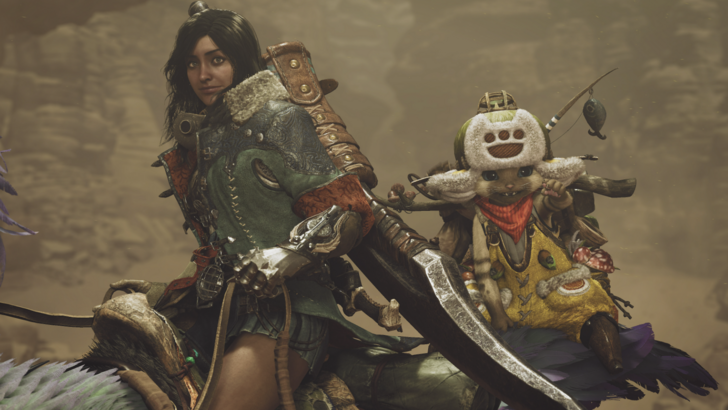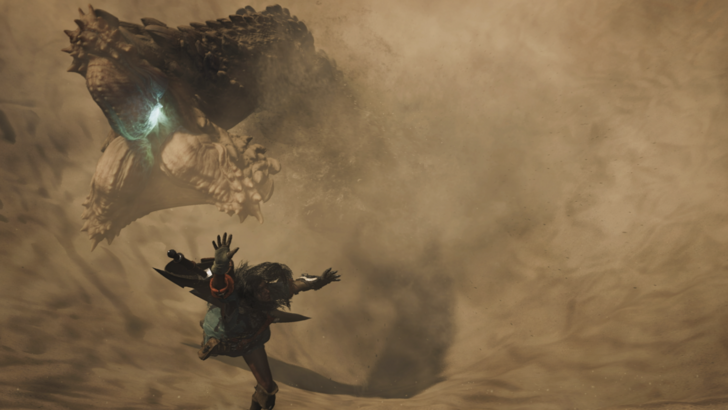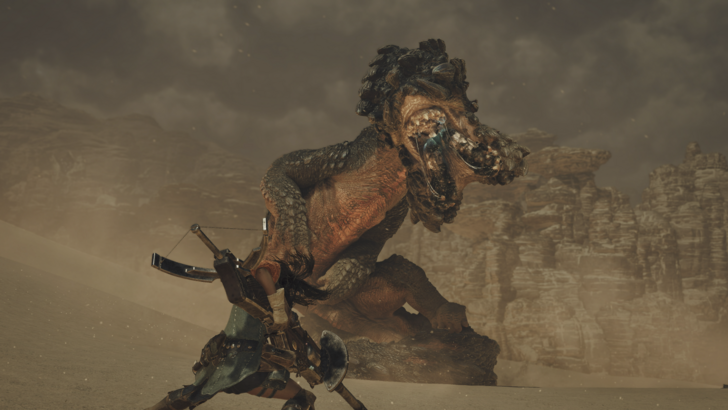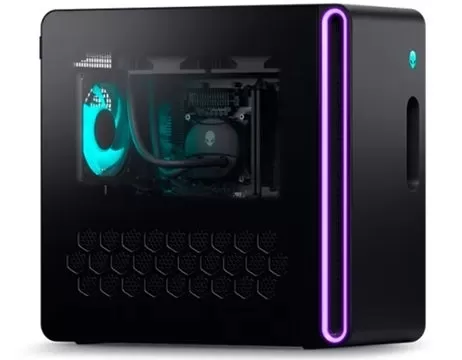 Capcom's Monster Hunter Wilds builds upon the success of Monster Hunter World, promising a revolutionary open-world experience for the series.
Capcom's Monster Hunter Wilds builds upon the success of Monster Hunter World, promising a revolutionary open-world experience for the series.
Related Video
Monster Hunter World: The Foundation for Wilds
Global Expansion: Capcom's Strategy for Monster Hunter Wilds -----------------------------------------------------------------------------A Seamless Hunting Ground
 Monster Hunter Wilds immerses players in a dynamic, interconnected world. Producers Ryozo Tsujimoto, executive director Kaname Fujioka, and game director Yuya Tokuda discussed the game's evolution at Summer Game Fest, highlighting seamless gameplay and a responsive environment.
Monster Hunter Wilds immerses players in a dynamic, interconnected world. Producers Ryozo Tsujimoto, executive director Kaname Fujioka, and game director Yuya Tokuda discussed the game's evolution at Summer Game Fest, highlighting seamless gameplay and a responsive environment.
Hunters explore a vast, unexplored region, but unlike previous entries, Wilds ditches the segmented zones for a truly open world. Freedom of exploration, hunting, and environmental interaction is key.
Fujioka emphasized the importance of seamlessness: "Creating detailed, immersive ecosystems required a seamless world teeming with monsters."
A Dynamic Ecosystem
 The Summer Game Fest demo showcased diverse biomes, settlements, NPC hunters, and dynamic monster interactions. Players enjoy a more freeform experience, without the constraints of timers. Fujioka noted the focus on realistic interactions: "We focused on interactions like monster packs and their conflicts with hunters. Their 24-hour behavior patterns make the world feel more alive."
The Summer Game Fest demo showcased diverse biomes, settlements, NPC hunters, and dynamic monster interactions. Players enjoy a more freeform experience, without the constraints of timers. Fujioka noted the focus on realistic interactions: "We focused on interactions like monster packs and their conflicts with hunters. Their 24-hour behavior patterns make the world feel more alive."
Real-time weather and fluctuating monster populations add to the dynamic world. Tokuda highlighted the technological challenges: "Building a massive, changing ecosystem with more monsters and interactive characters was a significant challenge. Simultaneous environmental changes were previously impossible."
 The success of Monster Hunter World played a crucial role in Wilds' development. Tsujimoto emphasized the impact of a global approach: "Our global mindset for Monster Hunter World, including simultaneous worldwide release and extensive localization, helped us reach players who haven't played in a while and bring them back."
The success of Monster Hunter World played a crucial role in Wilds' development. Tsujimoto emphasized the impact of a global approach: "Our global mindset for Monster Hunter World, including simultaneous worldwide release and extensive localization, helped us reach players who haven't played in a while and bring them back."








